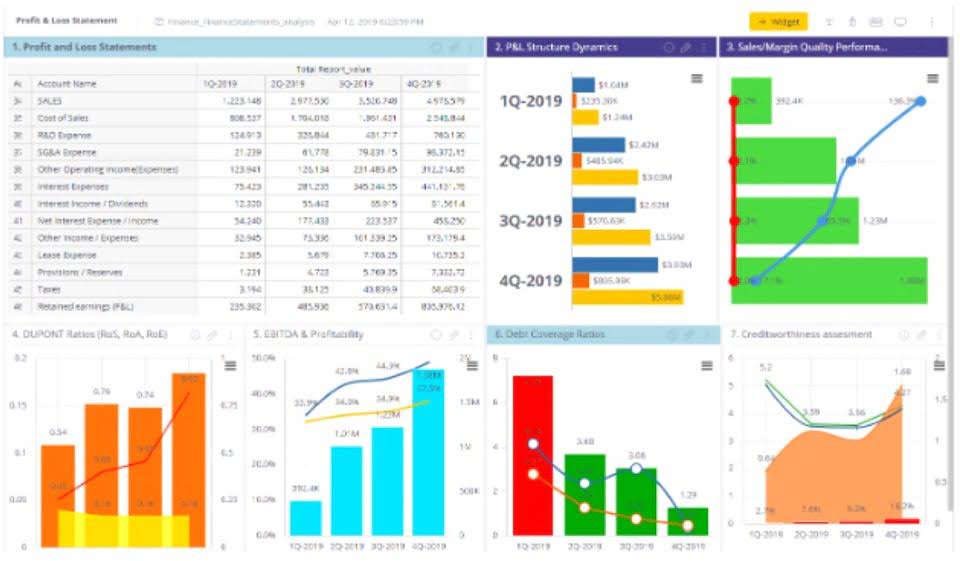
Under a periodic stock system, you can use opening and closing inventory to account for the value of inventory across periods. Put simply, the closing inventory of one period is the same as the opening inventory at the start of the next. You’re essentially just changing what you’re referring to it as for future calculations. Rather than look at the cost of individual batches of units, you simply average the cost for the chosen accounting period. Going back to the clock factory example, you would end up with a COGS of $6.50 for the clocks you made on Monday and Tuesday. The FIFO method is used for situations where the first units of your inventory are often the first ones sold.
Inventory accounting methods

Since inventory is an asset, it actually affects the overall valuation of the business. For example, if Robert runs a jewelry shop and uses the LIFO costing method to manage his inventory, and he buys 100 silver necklaces at $25 per necklace. Later, he chooses to buy another 50 silver necklaces, but this time, the price has gone up to $30 per item. If Mary were to buy 50 wine glasses at $12 each, and then order another 50 wine glasses but this time, paying $16 each, she would assign the cost of the first wine glass as resold at $12.
Accounting for Obsolete Inventory
- Here, debiting the raw material account signifies the increase in the current assets of your business.
- The term inventory refers to the raw materials used in production as well as the goods produced that are available for sale.
- As a business owner, managing your inventory isn’t just about keeping track of what’s on your shelves.
- To make sure you’re accounting for inventory properly, you need to stick to certain standards.
- You can only get an accurate profit report once a month, after all of the calculations are made.
- In some cases, you might be able to sell it to another party for a different use at a reduced price.
Specific identification provides the most accurate cost measurement but may be impractical or time-consuming for businesses with a large number of items in stock. Inventory management accounting ensures inventory value is recorded correctly on the company’s balance sheet. This accurate representation of inventory as an asset is crucial for providing a clear and comprehensive view of the company’s financial position. Prepare to unravel the secrets of inventory management while we guide you through the twists and turns of this complex world. Sharpen your accounting skills and equip yourself with the tools needed to conquer this labyrinth as we illuminate the path to accurate inventory records, optimized stock levels, and financial success. You can use rough estimates or get super specific in how you work this out.
Does inventory count as income?
- Cost of goods sold is likely the largest expense reported on the income statement.
- The two main inventory accounting methods are cash basis accounting and accrual basis accounting.
- Cost of goods sold refers to the total production and purchasing costs that go into a product sold by a business.
- Label and store inventory in a manner that allows you to easily access items and determine the quantity on-hand.
It considers both the quantities and costs of each purchase or production. The average cost is then used to determine COGS and the value of the ending inventory. You may use periodic or perpetual inventory systems to https://www.bookstime.com/ record your inventory transactions.
Inventory Accounting Methods
Companies and individuals must produce the appropriate financial statements and income tax returns each year as dictated by their country’s revenue collection agency. Failure to comply with this will result in fines, penalties and possible incarceration. If Robert uses LIFO to determine the cost of his inventory, the first necklace sold will be priced at $30, even if it came from the previously ordered stock. The first 50 necklaces sold would inventory account be assigned the cost of $30, while the following 100 necklaces sold would be priced at $25. This technique provides businesses with an accurate depiction of the ending inventory and its value.
Given ongoing supply chain troubles, skyrocketing prices, and never-ending shipping delays, eCommerce brands have been going through a seriously tough time. Amidst all this uncertainty, there’s one thing you can take charge of – gaining a solid understanding of your financial statements and inventory items. It’s a game-changer for your company’s financial health and cash flow. Although the basics of inventory control come naturally to many businesses, accurately tracking and recording inventory costs can be a real challenge. Let’s look at some of the best practices when it comes to inventory accounting. Inventory accounting helps businesses determine the value of their stock on hand and break down the costs of purchasing, producing, and managing inventory items.

It all comes down to your inventory accounting methods, and the systems https://www.instagram.com/bookstime_inc you put in place. The finished goods inventory refers to the goods ready for sale to the final consumers. That is, such inventory items have gone through the entire production process. Get in touch to learn more about our CFO-level NetSuite accounting services. It is used to evaluate pricing strategies, optimize production and make informed decisions about inventory management and paints a picture of your production efficiency.

You need it – not just for tax purposes, but to gain visibility across the financial standing of your business and your products. So if a company is manufacturing or selling an outdated item, it may see a decrease in the value of its inventory. If this isn’t accurately captured in the company’s financial statements, then the value of the company’s assets and the company itself may be inflated. Inventory purchases are recorded as a charge (debit – D) in the sales operating account on an Inventory object code. It’s essential to know your real-time profitability and cash-flow levels to scale up and stay ahead of your competition.

